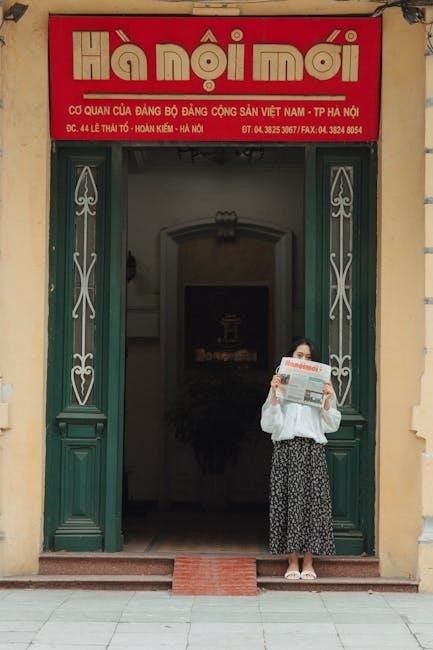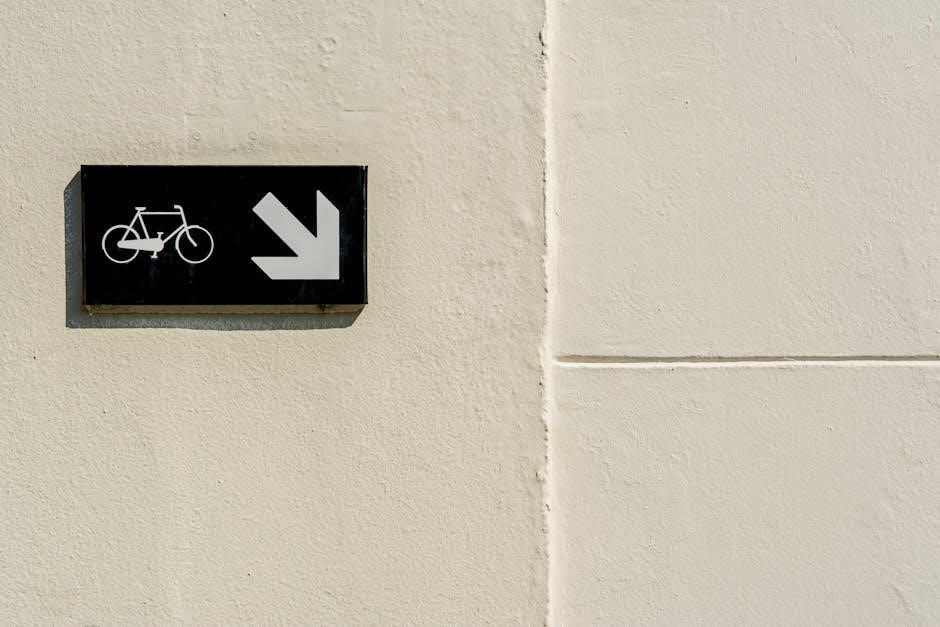Overview of the Book
The book is a historical account of the 1893 World’s Columbian Exposition in Chicago‚ with a focus on the contrast between the city’s architectural and cultural achievements and the darker side of human nature‚ as embodied by serial killer H.H. Holmes. The author’s use of language and historical research creates a vivid and immersive portrait of the time period. The book’s structure‚ which weaves together multiple storylines and themes‚ adds to its complexity and depth. The result is a work of non-fiction that reads like a novel‚ with a narrative that is both engaging and informative. The book’s exploration of the intersection of history‚ culture‚ and psychology makes it a compelling read for anyone interested in the subject matter‚ and its well-organized structure makes it easy to follow and understand. The book is divided into sections.
Author Background
Erik Larson’s Biography
Erik Larson is a journalist and author known for his historical narrative books‚ including The Devil in the White City. He has a strong background in history and writing‚ with a degree in journalism from the University of Pennsylvania. Larson’s writing career spans over two decades‚ with his first book published in 1992. He has written for various publications‚ including The Wall Street Journal and Time Magazine. Larson’s biography is marked by his meticulous research and attention to detail‚ which has earned him critical acclaim and numerous awards. His books have been translated into multiple languages and have become bestsellers worldwide. Larson’s unique writing style and ability to weave historical events into compelling narratives have made him a prominent figure in the literary world‚ with a dedicated readership and a reputation for excellence in historical storytelling and research methods.

Book Summary
Plot and Characters
Historical Context
Setting and Time Period

Themes and Symbols
Analysis of Literary Devices

Study Guide and Resources

